Tested 3,000 women
The study included a total of 3,000 women who would otherwise not have been offered screening for cervical cancer. They visited rural hospitals where cervical cell samples and human papilloma virus (HPV) samples were taken on…

The study included a total of 3,000 women who would otherwise not have been offered screening for cervical cancer. They visited rural hospitals where cervical cell samples and human papilloma virus (HPV) samples were taken on…

EVANSTON, Ill., Oct. 14, 2025 /PRNewswire/ — The American Massage Therapy Association (AMTA) is spotlighting new research that reinforces the vital role of massage therapy in supporting recovery for individuals with…
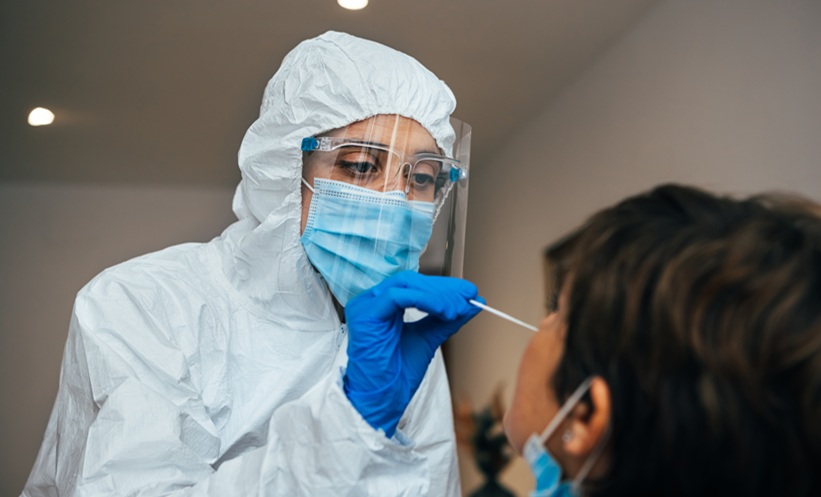
THE COVID-19 pandemic, caused by SARS-CoV-2, has claimed over 7 million lives worldwide, with France reporting 168,000 deaths. Patients with chronic liver disease (CLD) face particular risks, as pre-existing liver conditions can worsen…

By The ASCO Post Staff
Posted: 10/14/2025 10:25:00 AM
Last Updated:
New research published by Tohmasi et al in JNCCN—Journal of the National Comprehensive Cancer Network has found that people…
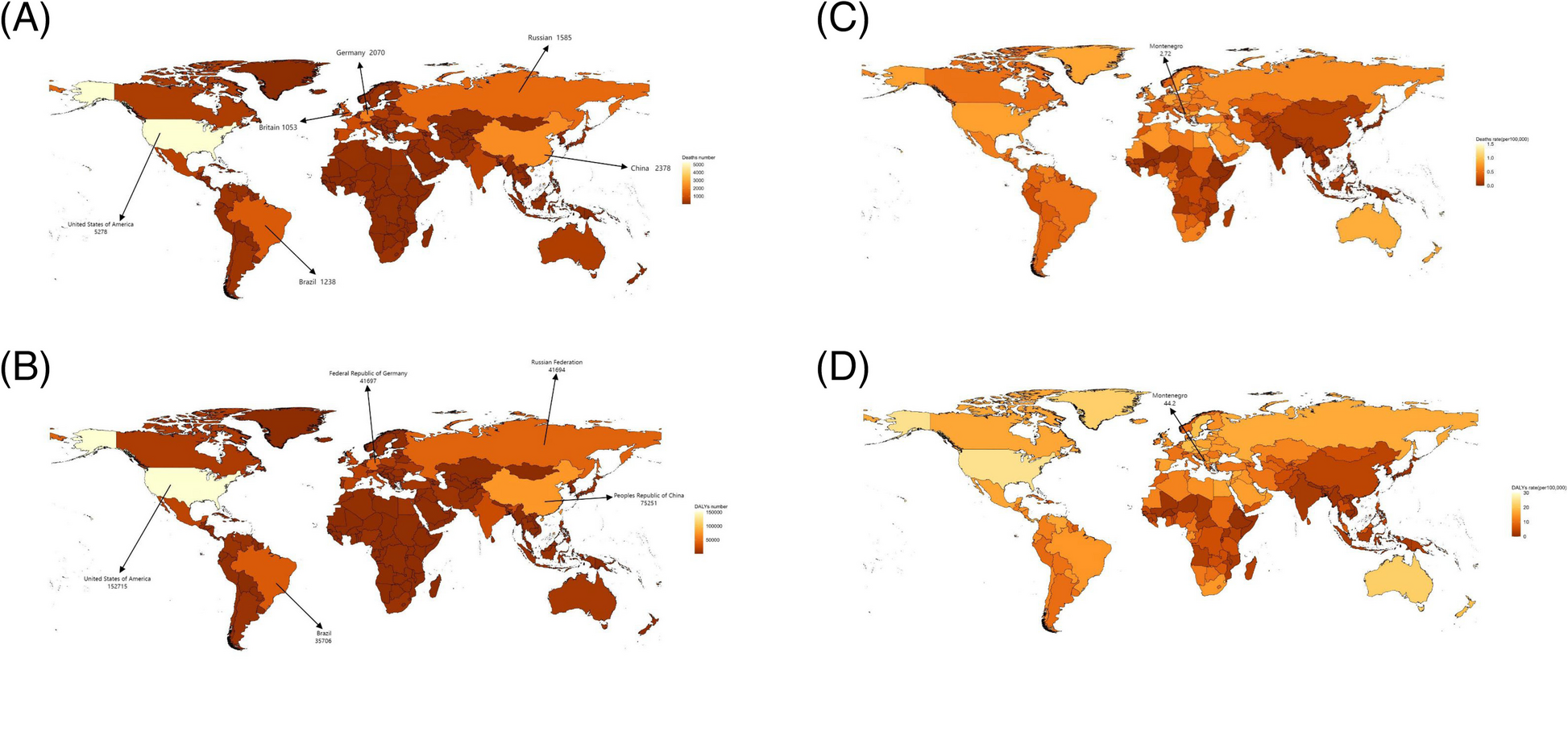
Paralleling the global surge in atrial fibrillation incidence [1]. Currently, both the prevalence of HBMI and the HAB have increased dramatically. The management of HBMI and obesity-associated cardiovascular diseases has thus become an…
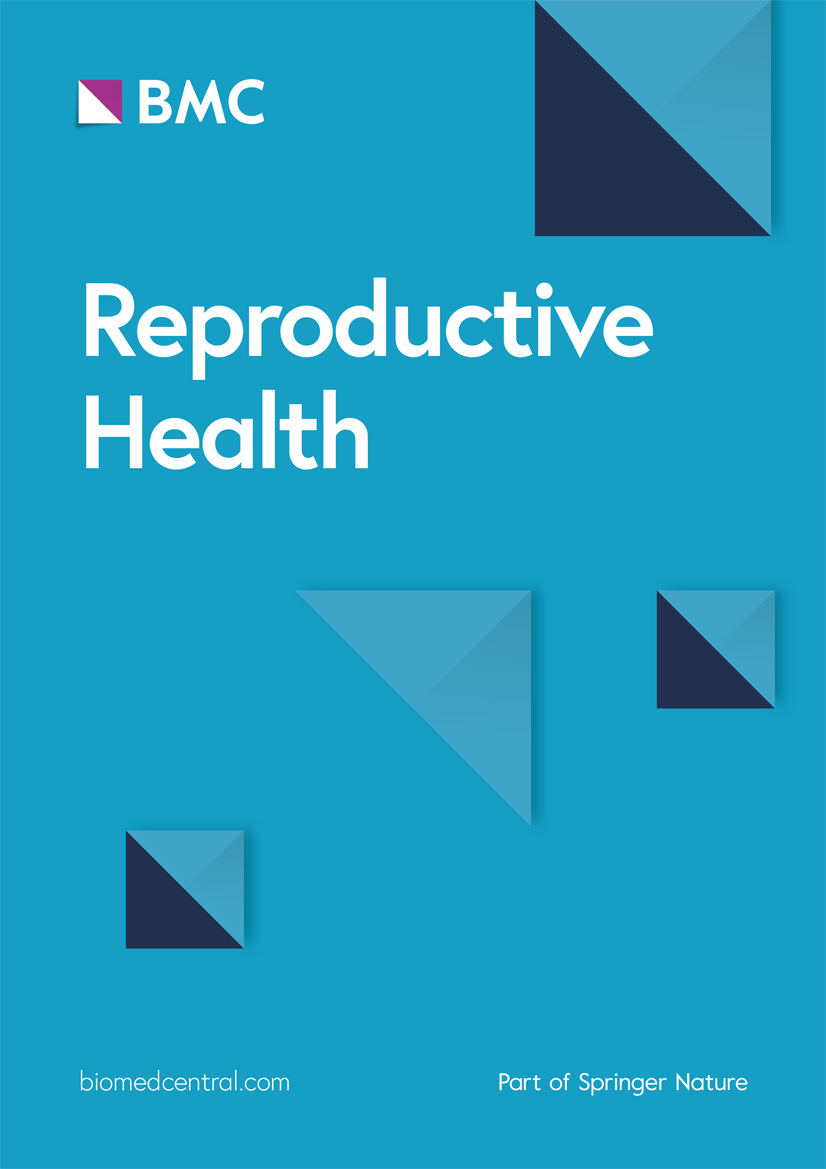
This study involved 20 women, none of whom refused or withdrew from the study. Detailed characteristics of the participants are presented in Table 1. Most of the women were indigenous, under 30 years old, had no formal…
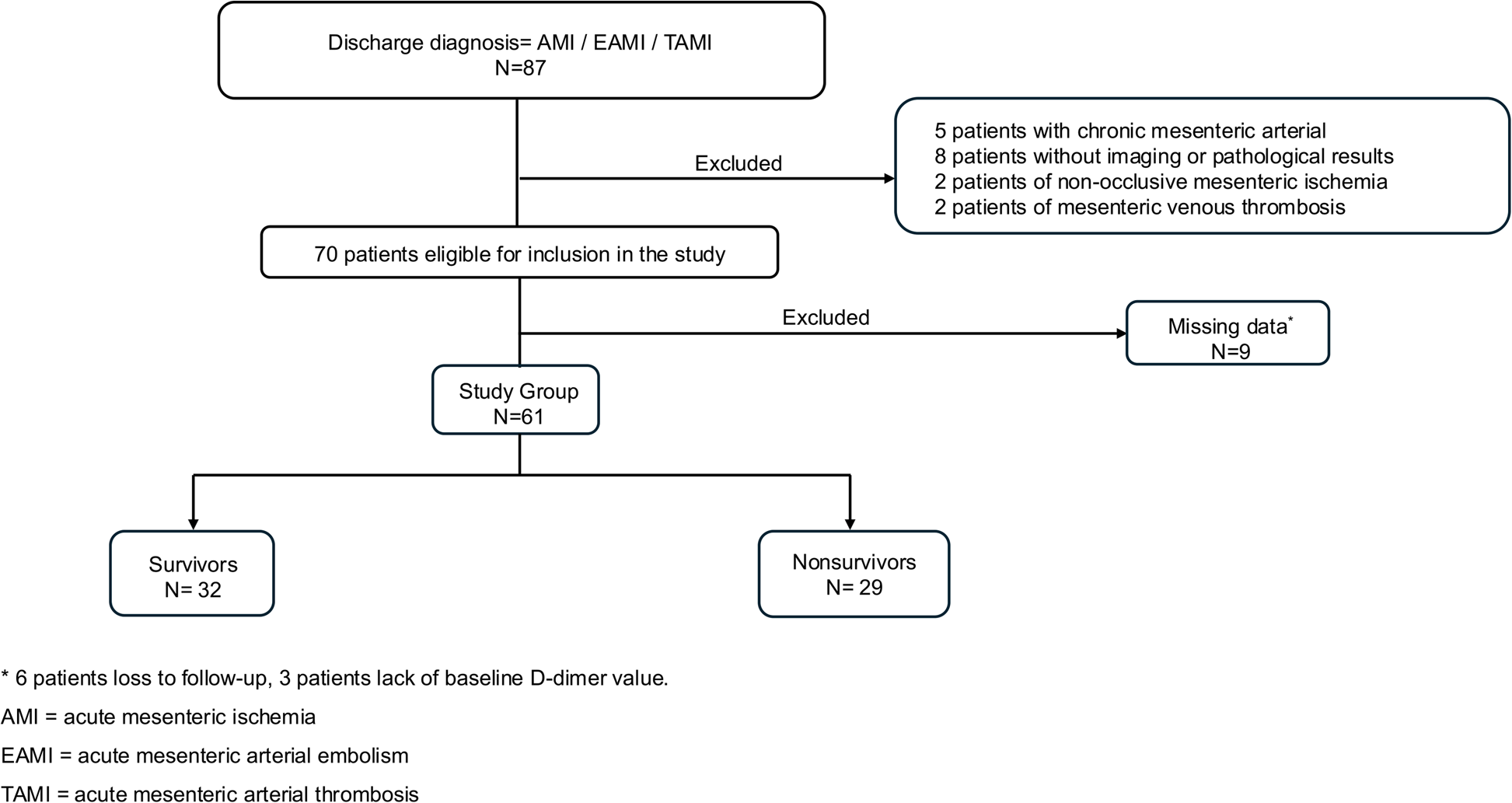
Analyzing 61 consecutive AOMI patients, this retrospective study documented alarmingly high mortality rates (30-day: 47.5%; 1-year: 54.1%), underscoring the critical need for improved risk stratification. Our analysis reveals that elevated…
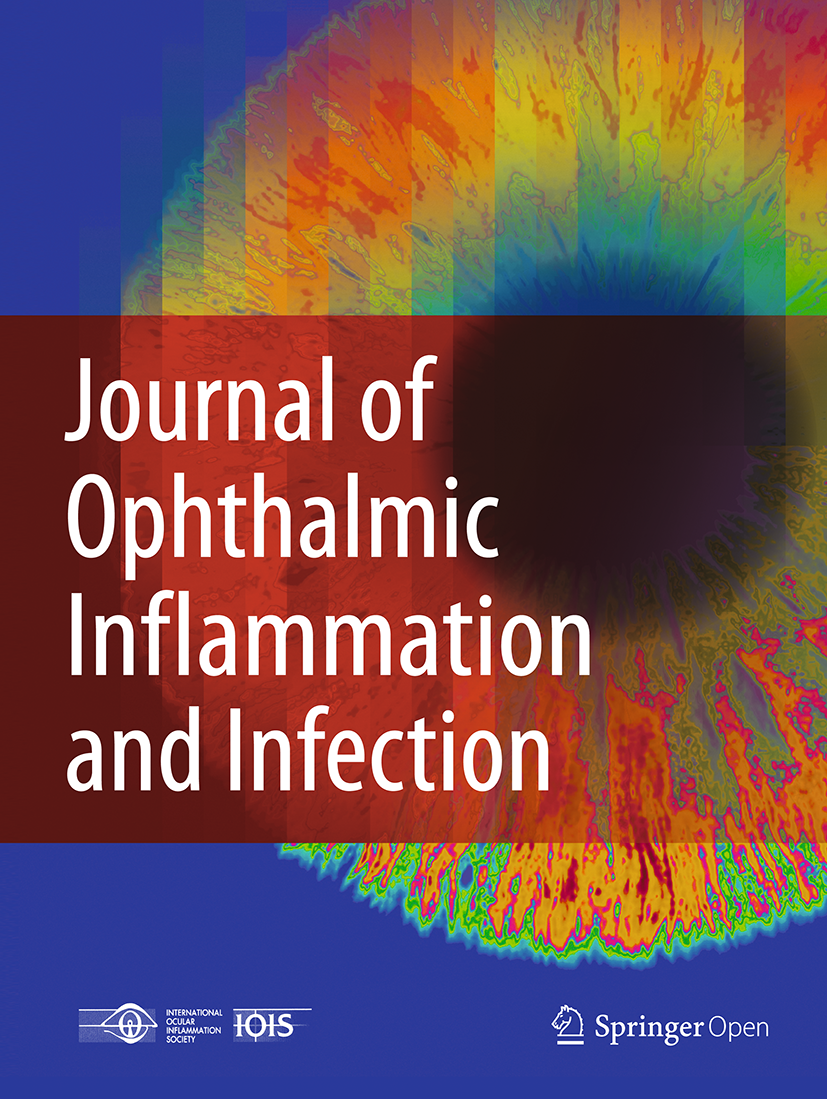
This ten-year retrospective study offers a comprehensive evaluation of 172 patients of culture-proven Pseudomonas aeruginosa keratitis managed at a tertiary referral center. The majority of patients required hospitalization and intensive…

Ghana National Malaria Elimination Programme (NMEP) in line with the WHO aims to minimize malaria morbidity. It aims to approve access to vector control, diagnosis, and treatment, as well as strengthen surveillance and reporting [13]. This study…